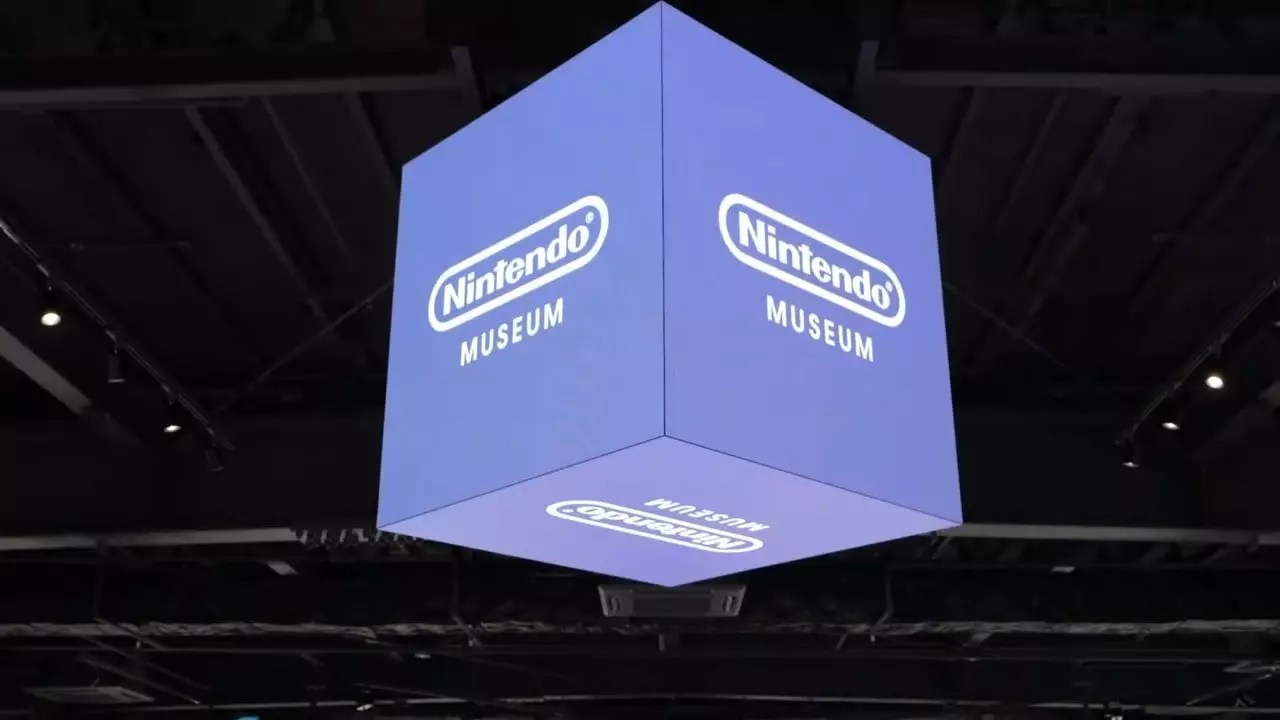The world of video games is an exciting and often nostalgic realm for many, especially those who have grown up with beloved titles and iconic characters. This week, the anticipation culminated in the grand opening of the Nintendo Museum in Kyoto, Japan. The establishment has stirred a whirlwind of reactions, with critics offering a mixture of praise and constructive feedback. As the doors to this homage to one of gaming’s most influential companies swing wide open, let’s delve into the experiences reflected in various reviews and analyze what the museum brings to the table for gaming enthusiasts.
From the outset, visitors and critics alike have shared their impressions of the museum. IGN described the venue as “light on history but big on fun,” suggesting that while the exhibits may lack depth in historical context, they compensate with engaging activities that embody the spirit of Nintendo’s gaming universe. This sentiment encapsulates the balance the museum seems to strike between presenting a playful atmosphere and, paradoxically, not fully embracing its rich history. The immersive exhibition floor, filled with vibrant displays, offers a cozy environment reminiscent of playing one’s favorite Nintendo titles, making it both a pleasant and rudimentary experience.
Meanwhile, Forbes took a more optimistic view, dubbing the museum “thoroughly magical.” They noted the meticulous display of game boxes from various regions, highlighting the charm found in imperfections—like old price tags on certain games. This reveals a thoughtful angle; the museum recognizes the cultural significance of gaming history, warts and all. Such attention to detail transforms the space into a warm celebration of nostalgia, even as it eschews a more conventional historical narrative.
The Guardian echoed the sentiment of nostalgia, remarking on delightful details throughout the museum, such as hidden Pikmin and Excitebike motorcycles adorning the stair railings. These whimsical touches evoke sentimental memories, enhancing the visitor experience for those familiar with Nintendo’s iconic franchises. However, the Guardian’s notes hint at another layer of depth, suggesting that the sheer emotional connection to the brand is what catalyzes the museum’s appeal. Visitors who possess even a fleeting fondness for Nintendo are encouraged to seek out the treasures hidden within its walls.
Conversely, the Japan Times challenged the museum’s approach, pointing out the scarcity of contextual information accompanying the exhibits. Their critique underscores a significant opportunity missed—by limiting explanations, the museum risks undervaluing the contributions of key figures like Shigeru Miyamoto and Satoru Iwata. This oversight could alienate visitors with a profound interest in the intricacies behind the games they cherish. In striving to let visitors draw their own conclusions, the museum might have inadvertently overlooked the chance to engage them with the stories of those who shaped Nintendo’s legacy.
In a similar vein, The Verge described the Nintendo Museum as “slick and playful,” yet pointed out a lack of profound revelations. This notion raises a crucial question: can a space celebrating gaming icons find the right balance between entertainment and education? While visitors delight in the immersive experiences on offer, it seems just as vital for the museum to shed light on the trials and tribulations that have framed Nintendo’s journey. A deeper exploration of its history could elevate the experience from merely enjoyable to profoundly enlightening.
GameSpot provided a more personal perspective, noting that the museum’s impact greatly depends on the individual visitor’s connection to Nintendo. Longtime fans are likely to resonate with the exhibits on a deeper emotional level, making the pilgrimage to Kyoto worthwhile. It begs consideration, though: should the museum rely so heavily on nostalgia and emotional connection, or should it aim to educate and inspire the next generation of gamers as well?
The Nintendo Museum undoubtedly embodies a celebration of a storied gaming legacy, inviting both nostalgia and exploration. While its playful atmosphere and attention to detail offer unique charms, it faces critiques that challenge its depth and informative value. A visit promises joy and a heartwarming journey, especially for devoted fans, but the balance between entertainment and historical insight remains an open question. As the museum continues to welcome visitors, it may evolve, insightful to the criticisms rendered, steering closer towards a holistic representation of Nintendo’s influences on the gaming landscape. Would you be tempted to step inside this nostalgic playground?


Leave a Reply